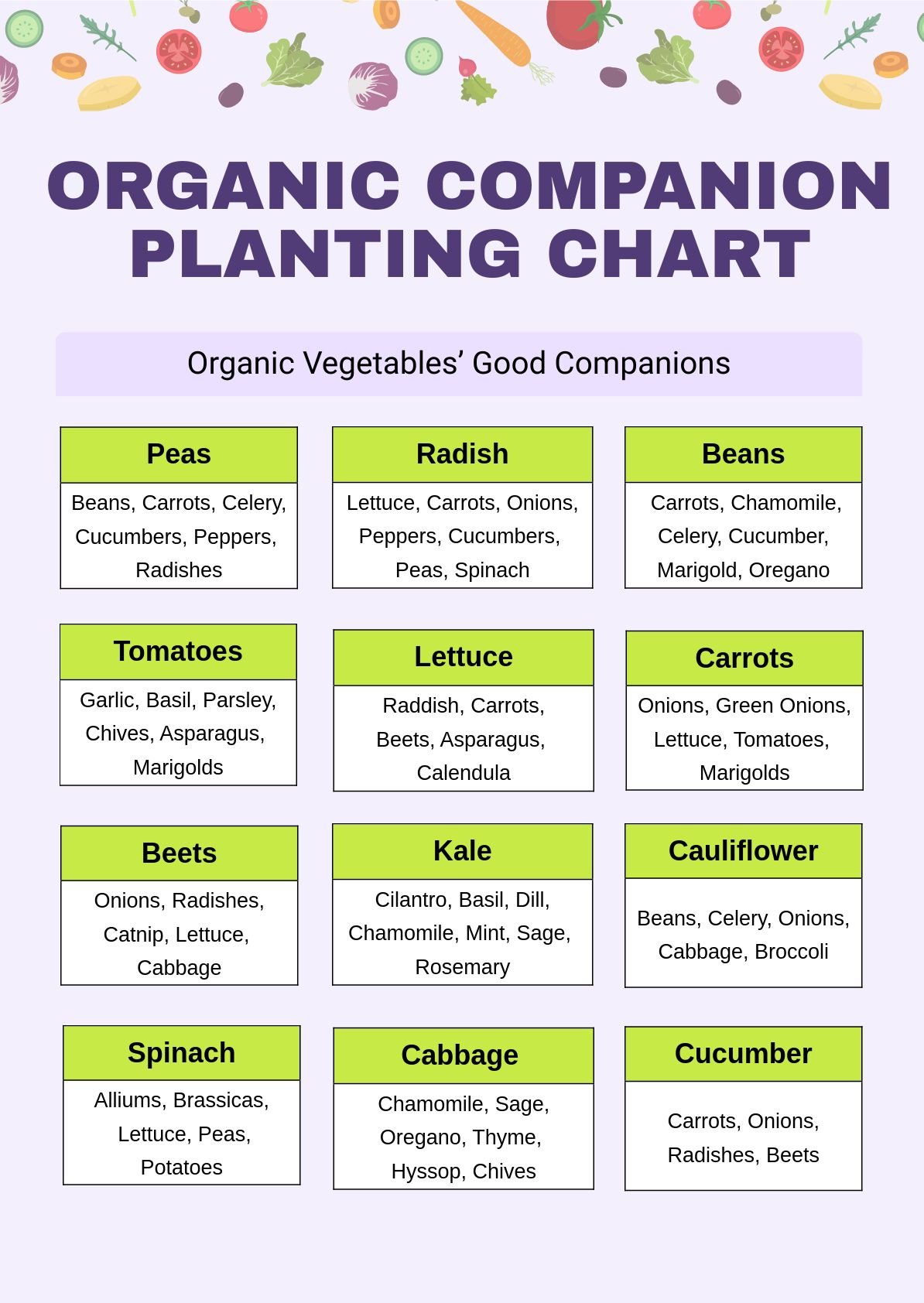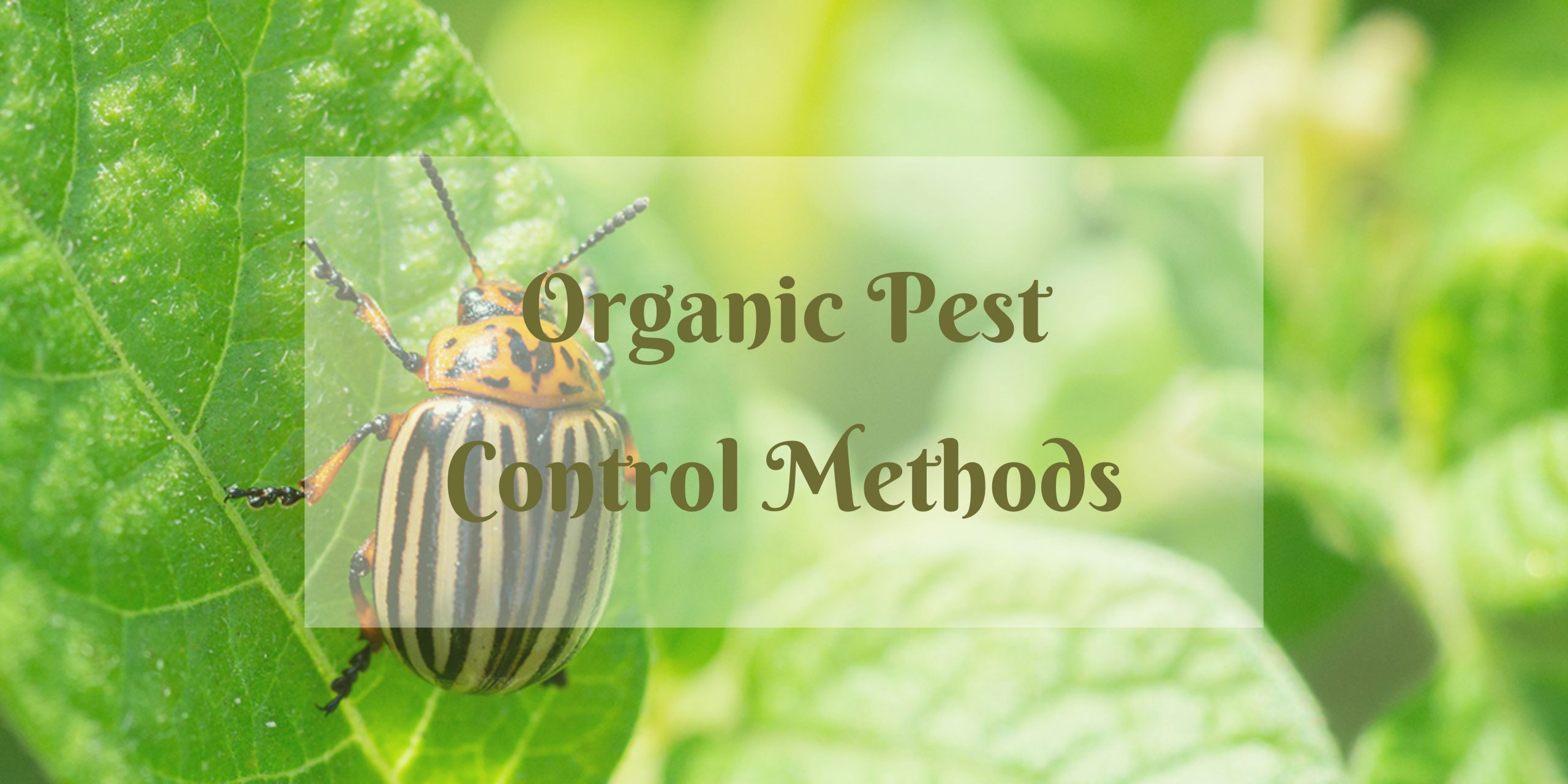How to Use Companion Planting in Organic Gardens

Imagine your garden as a bustling city, where each plant is a resident with unique needs and abilities. Now, picture those residents working together, supporting each other, and creating a thriving, interconnected community. This is the essence of companion planting—a natural gardening approach that leverages plant compatibility to enhance growth, improve soil health, and provide organic pest control. Let's dive into the fascinating world of companion planting ideas for organic gardens and explore how you can harness the power of beneficial plants to create a flourishing ecosystem in your backyard.
Understanding Companion Planting
Companion planting is not a new concept; it has been practiced for centuries by gardeners who understood the symbiotic relationships between plants. At its core, companion planting is about creating harmony in your garden by grouping plants that benefit each other. These benefits can come in various forms, such as:
- Pest Control: Some plants naturally repel pests, protecting their neighbors from infestations.
- Soil Enrichment: Certain plants can fix nitrogen in the soil, making it more fertile for nearby plants.
- Space Management: Tall plants can provide shade for shorter ones, while ground covers can suppress weeds.
- Flavor Enhancement: Some plants can even improve the taste of their neighbors!
The Science Behind Companion Planting
Companion planting isn't just an old wives' tale; it's backed by scientific research. Plants communicate with each other through a complex network of chemical signals, both above and below ground. These signals can warn neighboring plants of impending danger, such as pests or disease, allowing them to activate their defense mechanisms.
For example, when a tomato plant is under attack by a pest, it releases a chemical signal that can be detected by nearby basil plants. The basil plants then produce their own chemical defense, which repels the pest and protects both the tomato and the basil. This is just one of many examples of how plants work together to create a resilient, self-sustaining ecosystem.
Companion Planting Ideas for Organic Gardens
Ready to put companion planting into practice? Here are some tried-and-true combinations to get you started:
The Classic Trio: Corn, Beans, and Squash
This Native American planting technique, known as the "Three Sisters," is a perfect example of companion planting. The corn provides a natural trellis for the beans to climb, while the beans fix nitrogen in the soil, benefiting the corn and squash. The squash, with its large leaves, acts as a living mulch, suppressing weeds and retaining moisture.
Tomatoes and Basil: A Match Made in Heaven
Tomatoes and basil are a classic culinary pairing, but did you know they also make great garden companions? Basil repels tomato hornworms and other pests, while tomatoes provide some shade for the basil, protecting it from the hot afternoon sun. Plus, some gardeners swear that basil improves the flavor of tomatoes!
Marigolds: The Garden's Best Friend
Marigolds are a must-have in any organic garden. Their roots produce a substance called thiopene, which helps to control nematodes (microscopic worms that can damage plant roots). Marigolds also attract beneficial insects, such as ladybugs and lacewings, which prey on garden pests. Plant marigolds near tomatoes, potatoes, and other vegetables to reap these benefits.

Other Beneficial Plants for Your Garden
- Nasturtiums: These bright, edible flowers attract aphids away from your vegetables and also act as a trap crop for cabbage white butterflies.
- Chives and Garlic: Members of the allium family, chives and garlic repel a wide range of pests, including aphids, carrot rust flies, and Japanese beetles.
- Borage: This beautiful blue-flowered herb attracts bees and other pollinators, improves soil health, and repels tomato hornworms.
Planning Your Companion Planting Garden
Before you start planting, it's important to plan your garden layout. Consider the size, growth habits, and light requirements of each plant. Tall plants should be positioned so they don't shade out shorter ones, unless that's your intention (as with the Three Sisters method).
You'll also want to consider crop rotation. Planting the same crops in the same spot year after year can deplete the soil of nutrients and encourage pests and diseases. By rotating your crops, you can maintain soil health and disrupt pest life cycles.
Organic Pest Control with Companion Planting
One of the primary benefits of companion planting is organic pest control. By strategically placing certain plants together, you can create a natural defense system that repels pests, attracts beneficial insects, and promotes overall garden health.
For example, planting radishes among your squash can deter cucumber beetles, while interplanting onions with your carrots can confuse and repel carrot rust flies. Meanwhile, plants like dill, fennel, and parsley attract beneficial predatory insects, such as ladybugs and parasitic wasps, which feed on garden pests.
Beyond Pest Control: Other Benefits of Companion Planting
While pest control is a significant benefit of companion planting, it's not the only one. Companion planting can also:
- Improve Soil Health: Plants like legumes (beans, peas, clover) fix nitrogen in the soil, making it more fertile for other plants.
- Enhance Flavors: Some plants, like basil and chives, are said to enhance the flavors of their companions.
- Maximize Space: By interplanting fast-growing crops with slower-growing ones, you can make the most of your garden space.
- Attract Pollinators: Flowers and herbs can attract bees and other pollinators, which are essential for fruit and vegetable production.

Common Mistakes to Avoid
While companion planting offers many benefits, there are some common mistakes to avoid:
- Overcrowding: Be mindful of each plant's space requirements. Overcrowding can lead to competition for resources and increased pest and disease problems.
- Incompatible Plants: Not all plants get along. For example, beans and onions are not good companions, as onions can stunt the growth of beans.
- Poor Planning: Without proper planning, you may end up with tall plants shading out shorter ones, or aggressive spreaders taking over your garden.
Embrace the Diversity: Polyculture vs. Monoculture
Companion planting is a form of polyculture—the practice of growing multiple crops together in the same space. This is in contrast to monoculture, where a single crop is grown in a large area. Polyculture mimics natural ecosystems, where a diversity of plants coexist and interact in complex ways.
Polyculture offers many advantages over monoculture, including improved soil health, increased biodiversity, and greater resilience to pests and diseases. By embracing diversity in your garden, you can create a more sustainable and self-sufficient ecosystem.
Conclusion: Create Your Own Thriving Garden Community
Companion planting is more than just a gardening technique; it's a way to create a thriving, interconnected community in your garden. By understanding and harnessing the power of plant compatibility, you can grow healthier plants, control pests naturally, and maximize your garden's productivity.
So, are you ready to transform your garden into a bustling city of beneficial plants? Start with some of the companion planting ideas for organic gardens we've shared here, and don't be afraid to experiment with your own combinations. Remember, gardening is a journey of discovery, and every season brings new lessons and rewards.
Happy gardening! We'd love to hear about your companion planting success stories and favorite plant combinations. Share your experiences in the comments below.
FAQs
What is companion planting? Companion planting is the practice of grouping plants together based on their beneficial interactions. These benefits can include pest control, soil enrichment, space management, and flavor enhancement.
How does companion planting help with pest control? Companion planting can repel pests, attract beneficial insects, and disrupt pest life cycles, providing a natural form of pest control.
What are some common companion planting combinations? Some popular combinations include the Three Sisters (corn, beans, and squash), tomatoes and basil, and marigolds with various vegetables.
Can companion planting improve soil health? Yes, certain plants like legumes can fix nitrogen in the soil, making it more fertile for other plants. Additionally, some plants can improve soil structure and retain moisture.
What should I avoid when companion planting? Avoid overcrowding plants, pairing incompatible plants, and poor planning that could lead to shading issues or aggressive spreaders taking over your garden.
0 Response to "How to Use Companion Planting in Organic Gardens"
Post a Comment